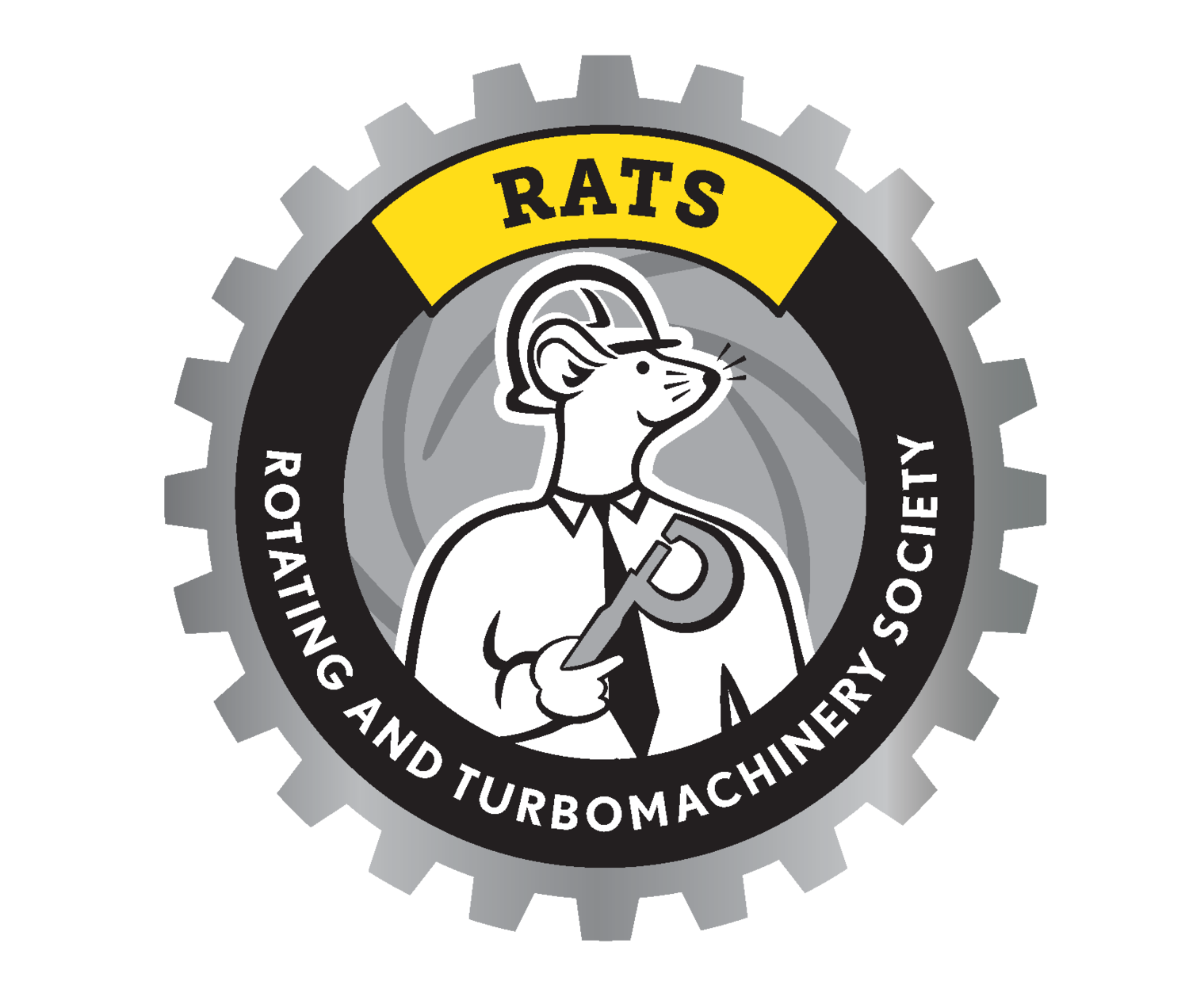PRESENTERS
Mark van Bommel
Mark is an Owner/Director of Summit Services Group Ltd. a locally owned, certified aboriginal company. Mark has always been grounded in being hands with installation and maintenance for a wide variety of rotating and static equipment at many of their active works sites. With 12+ years of specializing in vibration analysis while working throughout western Canada and the USA, Mark is actively engaged in the Reliability world.
Janos Pattantyus
Janos is the RDI Technologies Sales Manager for the Canada world area. He puts his passion for vibration analysis and solving machinery problems to good use, initiating, training and supporting Canadian practitioners of asset health monitoring in Motion Amplification. Over his career, Janos worked as a permanent machinery protection system support specialist and as a condition monitoring consultant. Janos is a certified category IV vibration analyst with a master’s degree in mechanical engineering. He is a licensed Engineer in the province of Quebec.
SUMMARY
Motion Amplification enables you to quickly and easily see and analyze what is invisible to the naked eye and move to root-cause problem-solving. Software turns millions of pixels in today’s modern cameras into millions of individual data points that can be monitored, read, and analyzed.
This technology measures deflection, displacement, movement, and vibration not visible to the human eye. Camera technology is utilized in conjunction with software and processing algorithms to extract meaningful data. This technology turns every pixel in the camera’s view into a sensor capable of measuring vibration or motion with high levels of accuracy. The technology of motion amplification is presented. In particular, the application of this new tool to machine reliability is explored. One of the home-runs of reliability practitioners is to address the root cause of problems. Motion Amplification enables the user to see the big picture and generate actionable recommendations. A number of interesting case studies are used to illustrate this point.
